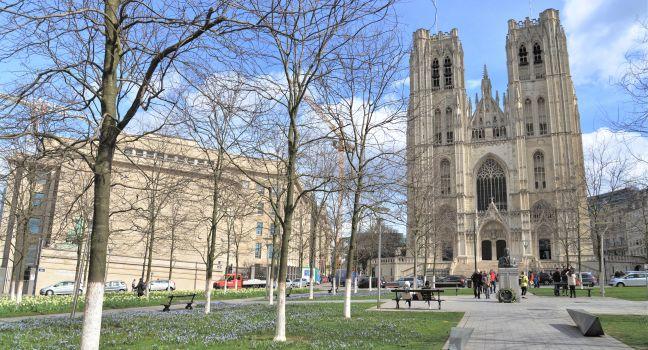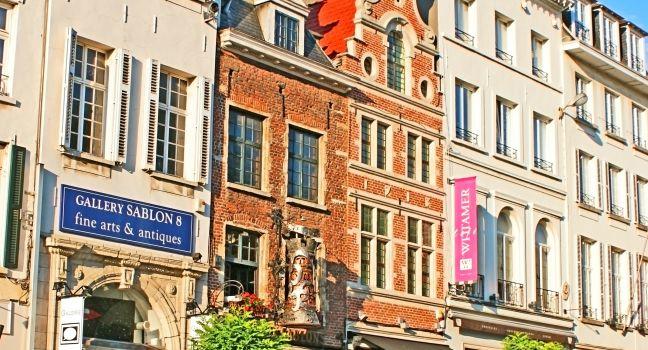Coudenberg/Musée BELvue
Under the place Royale lie the remains of the palace of Charles V. Known as Coudenberg, it was first constructed in the 11th century and upgraded over hundreds of years in line with the power and prestige of Brussels's successive rulers. However, it was destroyed by a great fire in 1731 and was never rebuilt. Parts of it, and one or two of the streets that surrounded the original building, have since been excavated. Access is through the Musée BELvue, which is worth seeing in its own right and unpicks Belgium’s history of democracy and its royal family.





